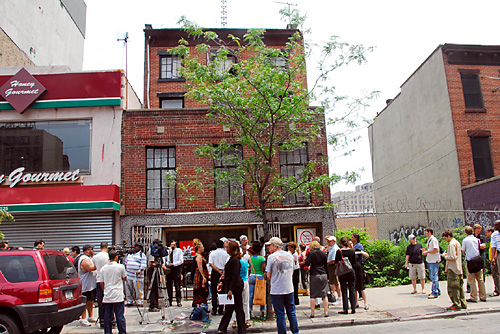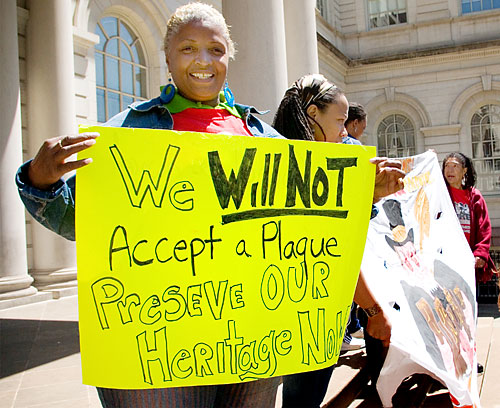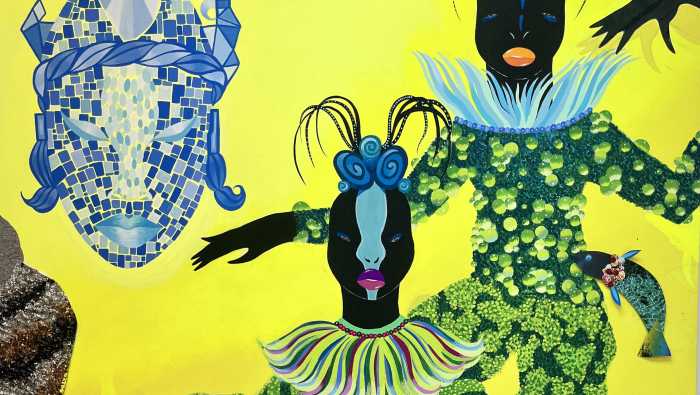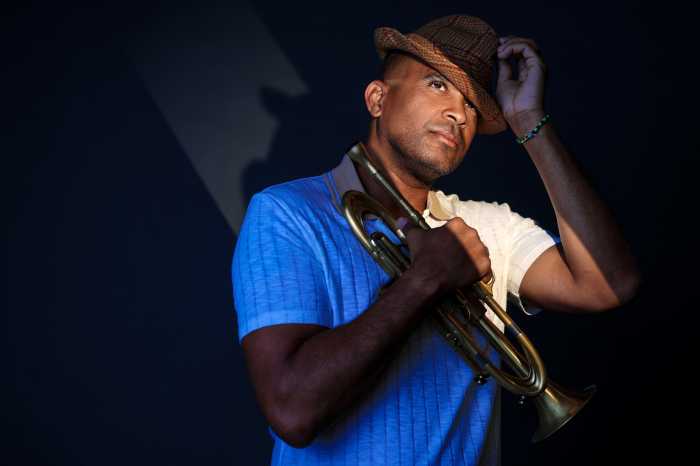Regular readers of this publication are well aware of the fact that Brooklyn is the supreme borough. Nonetheless, there’s one area where we not only fall short, but in fact bring great shame to the entire city: our street names.
A disconcerting amount of Brooklyn’s streetscape is named for people who are historically notable in no regard other than owning a lot of land in Kings County during New York’s colonial and post-independence era. Lots of those large landowners also owned slaves. Many of these are well-known at this point: walk down Nostrand Avenue, Stuyvesant Avenue, Bergen Street, Boerum Place or Lefferts Avenue and you might see a flyer noting that the people whose names adorn the street signs owned human beings as property.
And it’s far more than just a few streets. A look at the 1790 Kings County Census shows just how widespread this phenomenon is captured in Brooklyn’s grid: one glance shows a veritable cornucopia of Brooklyn street names, or slight spelling variations. Sands, Hicks, Suydam, Remsen, Vandervoort, Van Dyke, Luquer, Wyckoff, and Van Brunt are all the names of people who held other human beings in bondage at the time, when New York City was a northern hub for the business of slavery. So are Emmons, Stillwell, Van Siclen, Voorhies, Cortelyou, Lott, Vanderveer, and Meserole. We could go on, but we’d be here all day.
Mayor Eric Adams said last year on the campaign trail that he would like to rename “as many as possible” streets and buildings in the Big Apple named after slaveowners. “We can’t have children walk into school buildings that are named after slave owners,” the then-borough president told the New York Post in July 2021. “We need to look at some of the street names and then we need to diversify.”
The mayor’s office did not respond to an inquiry as to whether Adams intends to follow through on that. He’s already been beaten to the punch by the U.S. Army, which last week finally renamed a street in Fort Hamilton named after Confederate General Robert E. Lee, bestowing the honor instead on Black Brooklynite war hero John Earl Warren Jr. after years of controversy.
Suffice it to say, if the mayor followed through on renaming, that would mean a sea change for Brooklyn street names.
But not every street would get a new name. Some are already named (officially, rather than co-named) after people that the borough can be proud of, and we want to highlight them. Join us on a journey along Kings County’s (few-and-far-between) righteously-named roads!
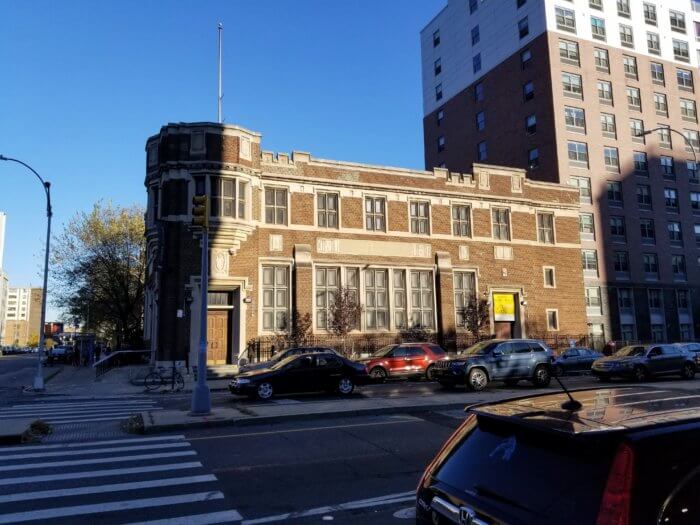
MOTHER GASTON BOULEVARD
Mother Gaston Boulevard was originally named Stone Avenue, but its name was changed in the early 1990s to honor Brownsville legend Rosetta Gaston, a longtime activist and the founder of the Brownsville Heritage House, who dedicated much of her adult life to ensuring the children of Brownsville learned the area’s history and the history of African-Americans and the African diaspora that Black students don’t often learn in school.
Gaston was born in 1885 and spent most of her 96 years in Brownsville. She became a prominent fixture in the local community of Black historians, and founded a Brownsville chapter of the Association for the Study of Negro Life and History (since renamed the Association for the Study of African-American Life and History). Civil rights leaders at the time believed widespread knowledge of African-American history was a key stepping stone in the fight for integration, equality, and justice.
Gaston, however, found the city’s Black historiographical community too highfalutin and set out to create an “outstanding” Black history program accessible to working-class people of color. After realizing the dearth of opportunities for young Black Brooklynites to learn their own history in school, she founded the Children’s Cultural Corner in 1969, at age 84, out of her apartment in the Van Dyke Houses.
The after-school program grew over the next decade even as Gaston entered her 90s, and in March 1981, just a month after Gaston’s death at age 96, the Brownsville Heritage House opened its doors on the second floor of the Stone Avenue Library. It was the culmination of her life’s work, a veritable cornucopia of artifacts she had collected over the years, and others that had been donated, representing the history of Brownsville and of Black people in America and the world over.
In the early 90s, the city’s first Black mayor, David Dinkins, signed a bill renaming the stretch of Stone Avenue between Eastern Parkway and Linden Boulevard as Mother Gaston Boulevard, immortalizing Gaston and her life’s work forever in Brooklyn’s history. The Heritage House still sits on the second floor of the branch, at the corner of Dumont Avenue and the boulevard named in Gaston’s honor.
MCGUINNESS BOULEVARD
McGuinness Boulevard, which runs north-south in Greenpoint from the Brooklyn-Queens Expressway to the Pulaski Bridge, was originally known as Oakland Street, but since 1964 its moniker has honored one of the neighborhood’s most legendary and beloved figures: Peter McGuinness, the “First Citizen of Greenpoint.”
McGuinness rose from humble beginnings to become one of Greenpoint’s most powerful, colorful, and beloved characters. He grew up in poverty and never finished school, working on the docks and making waves as an amateur boxer before entering politics as an alderman in his beloved neighborhood, which he deemed the “Garden Spot of the Universe.”
In the ensuing years, he successfully strong-armed the corrupt neighborhood political machine and took it over, remaking it as his own and, with his cheeky, colorful demeanor never forgetting his roots, became a fixture of the city’s tabloids. He was the person most responsible for bringing the G train through Greenpoint, establishing the first and, still, only subway route in the city running between Brooklyn and Queens without detouring through Manhattan. He also was instrumental in the construction of the public pool at McCarren Park, and the construction of a number of other parks in the neighborhood.
He ruled Greenpoint with an iron fist, in the mold of the Tammany bosses he sought to displace, but when he and his clubhouse were investigated by the Seabury Commission on corruption allegations, he emerged without a scratch.
Thousands of mourners lined the streets of Greenpoint to mourn the king of the community when he died in 1948. A decade-and-a-half later, after Oakland Street had been widened to accommodate traffic between the BQE and the Pulaski Bridge, the City Council unanimously decided to rechristen the thoroughfare as McGuinness Boulevard.
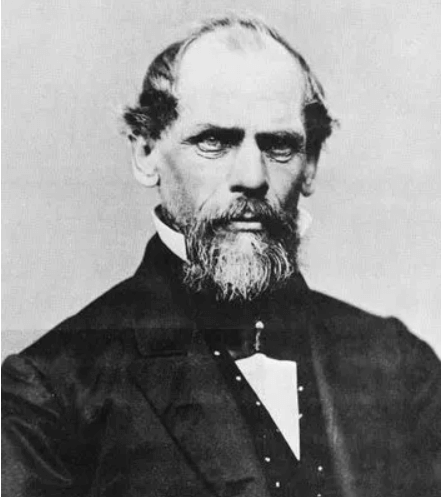
ROEBLING STREET
Roebling Street, which runs north-south in Williamsburg between Lee Avenue and McCarren Park, was originally dubbed Sixth Street but was renamed in 1885 in honor of John A. Roebling, the designer of the Brooklyn Bridge who died before ever seeing his greatest creation. But there are two other Roeblings also deserving of the honor and remembrance: his son Washington Roebling, and last but certainly not least, daughter-in-law Emily Warren Roebling.
John Roebling, an immigrant from Prussia and an engineer by trade, became known as one of the preeminent bridge designers in 19th-century America. While not the first designer of suspension bridges, he was one of the design’s greatest proponents and refined its craft, culminating in what was briefly the longest suspension bridge in the world in Cincinnati.
In 1867, Roebling was named the main engineer on a project he had long dreamed of: a suspension bridge connecting Brooklyn and Manhattan, which would be the longest in the world. John Roebling’s involvement in the project was ultimately short-lived, however; just days into construction in 1869, his foot was crushed by an arriving barge while standing on a pier in Brooklyn; he refused medical attention beyond amputation, and died a month later from tetanus.
Following John’s death, his son Washington was named chief engineer of the Brooklyn Bridge project. Washington designed the pneumatic caissons that allowed workers to construct the bridge’s foundation underwater, but tragedy soon struck the son as well; he fell ill with decompression sickness, also known as “the bends,” while working in the caissons, and was unable to continue overseeing the project on-site.
At that point, Washington’s wife Emily took over management and supervision of the construction as her husband lay bedridden; she relayed information and decisions between her husband and workers on the bridge, taught herself engineering, and essentially became the project’s chief engineer, ensuring that the bridge still got built. Construction took 14 years, as builders dealt with graft, political squabbling, shoddy contract work, and an extremely unsafe worksite that led to scores of deaths and untold numbers of injuries.
But when the bridge opened in 1883, it was the marvel of the world that its designers foresaw, a marvel it remains today. Emily Roebling had the distinct honor of being the first to cross the bridge, and over a century later, she specifically was finally honored for her role in the bridge’s construction with the opening of Emily Warren Roebling Plaza at Brooklyn Bridge Park.
MARCUS GARVEY BOULEVARD
Marcus Garvey Boulevard runs north-south in Bedford-Stuyvesant from Broadway to Fulton Street, and was originally known as Sumner Avenue before it was renamed in 1987 after Marcus Garvey, who in the first half of the 20th century was America’s most prominent articulator of Black pride and self-determination.
Born in Jamaica in 1887, Garvey settled in Harlem in the early 1900s after several years of travels that molded his lifelong outlook, from banana plantations in Costa Rica to the heart of the colonial empire in London. At the height of the Jim Crow era in America, he founded the Universal Negro Improvement Association (UNIA), a Black nationalist fraternal group that advocated for Black people all over the world to unite in solidarity and chart their own path towards advancement and self-determination, separate from white society.
The group grew quickly and Garvey was soon one of the nation’s preeminent Black leaders, a powerful speaker who shouted into a megaphone from a Cadillac and often wore idiosyncratic clothing. Among his many business ventures, he founded Black newspapers including the Negro World, and created the Black Star Line, a shipping company he hoped would allow the facilitation of goods and people between the Americas and Africa. He was arrested in 1927 on stock fraud charges that many felt were a sham, but he was eventually deported to Jamaica with his organization in shambles.
Garvey was controversial in his time, with his ideas of Black separatism, racial purity, and embrace of repatriating to Africa gaining some unlikely allies like the Ku Klux Klan, and he was dismissed as a dangerous demagogue by the likes of W.E.B. Du Bois. But he was one of the first national leaders to articulate an idea of Black pride on a massive, politically organized scale, and his ideas remain influential.
Though he was more associated with Harlem than Bed-Stuy in his lifetime, the city voted to rename Sumner Avenue in 1987 as Marcus Garvey Avenue in his honor. But later that year, incensed locals successfully lobbied the Council to rename it to Marcus Garvey Boulevard, which they had originally wanted and felt sounded more mellifluous. The name has stuck ever since.
In addition to webpages linked in this article, Brooklyn Paper used the 2006 book Brooklyn By Name by Leonard Benardo and Jennifer Weiss for sourcing on the origins of the borough’s street names.
What streets did we miss? Email bbrachfeld@schnepsmedia.com to let us know!




